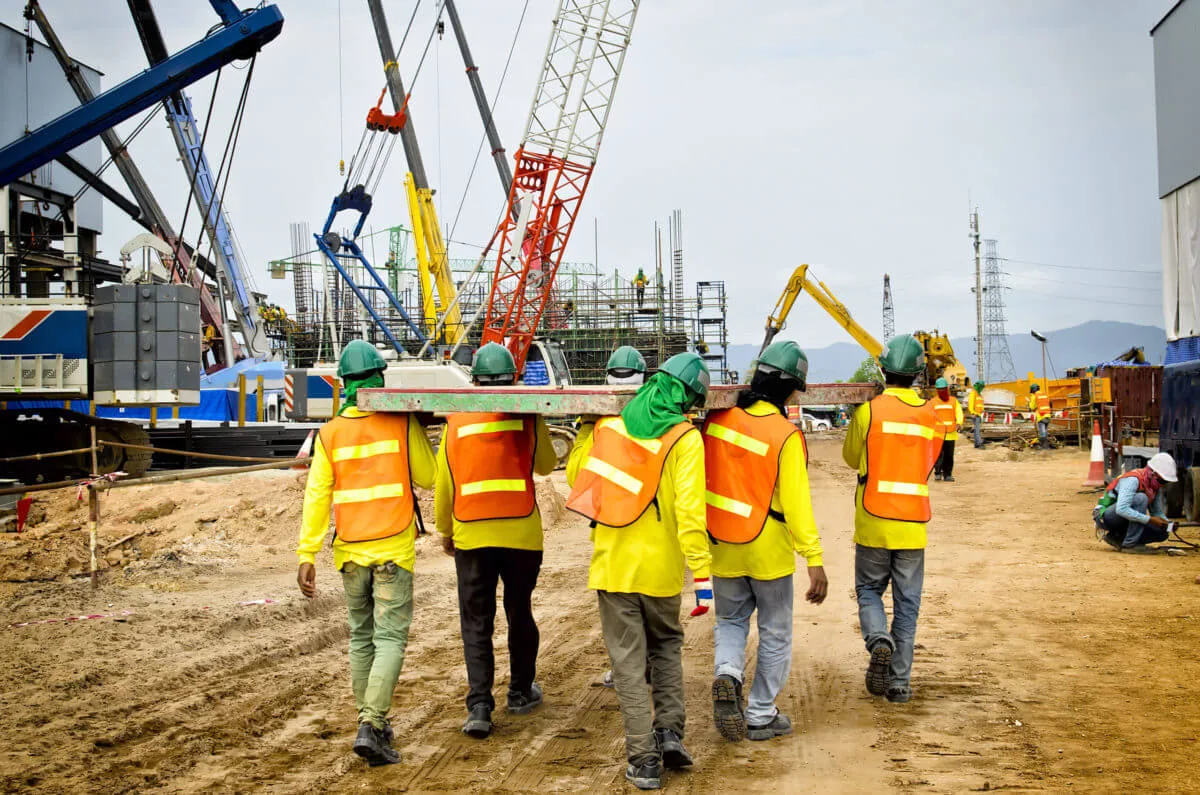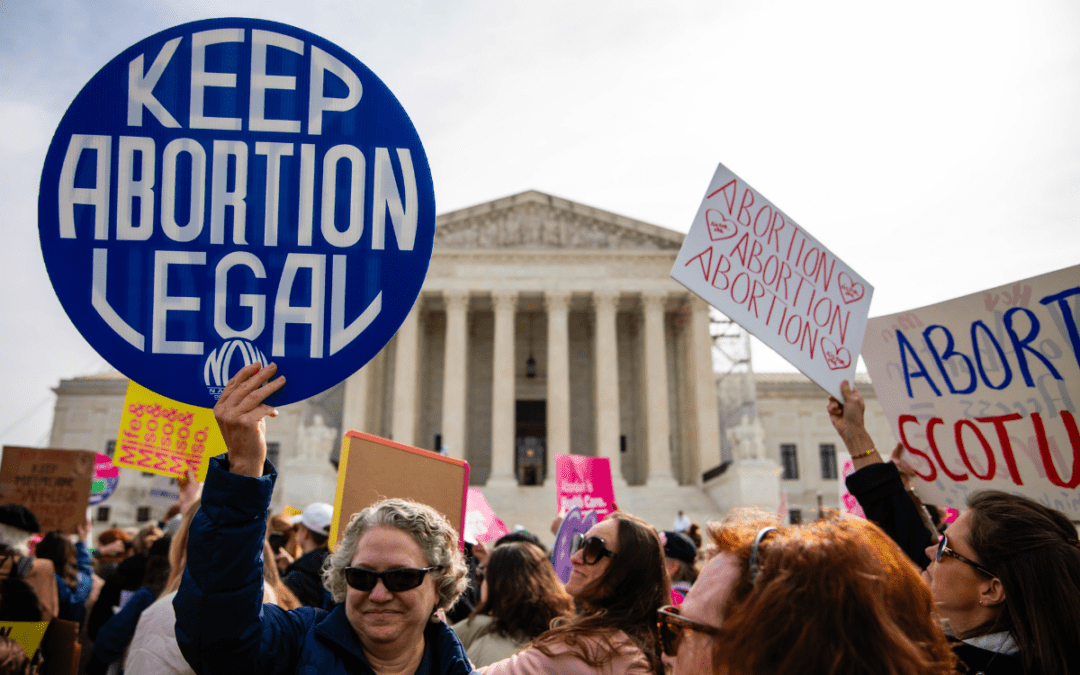
Image via Shutterstock
A recent report by the Keystone Research Center found that Pennsylvania’s economy will continue to prosper if state lawmakers continue to enact smart, worker-friendly policies.
While Pennsylvania’s economy continues to bounce back strongly from the downturn brought on by the COVID-19 pandemic, its future rests on the policy choices a new governor and legislature will make, according to a new report.
In the “State of Working Pennsylvania 2022,” economists with the Keystone Research Center (KRC), an independent, non-partisan research and policy organization, said that national and state policies implemented over the next several years will determine the future of Pennsylvania’s working families.
“With smart, worker-friendly policies, Pennsylvania workers could enjoy the most sustained period of shared prosperity since the 1960s,” Stephen Herzenberg, economist and executive director for KRC, wrote in the report.
Policies that reduce workers’ power in the job market could prompt wage stagnation and decline and further entrench inequality for the long term.
The decision of which type of policies will be implemented in the future — pro-worker or anti-union — hinges on who is elected as Pennsylvania’s next US Senator and governor, and the makeup of the state House and Senate.
While a lot rests on what happens at the polls on Election Day , the report found that whoever wins in November will at least start off with an economy that, by many measures, has now fully recovered from the unprecedented challenges of the pandemic.
Recovering Economy
While the state’s gross domestic product (GDP) declined at the beginning of the year, it still remains above pre-pandemic levels, according to KRC.
Job growth in Pennsylvania continues, with the state adding 60,000 non-farm jobs between April and July, although it remains 116,000 jobs short of pre-pandemic levels. The unemployment rate, on the other hand, is at 4.3% — well below 2020’s 5%.
State of the Labor Market
The demand for workers in Pennsylvania grew throughout the pandemic as more people remained at home due to a mix of family responsibilities, concerns about infection, and early retirement, according to the report.
The commonwealth bounced back, though, as the number of unemployed decreased and the amount of job openings increased well above pre-pandemic levels.
Quit rates climbed to more than 2% while layoff and discharge rates dropped to below 1%.
Currently, there are only six unemployed for every 10 Pennsylvania job openings. The number of people quitting each month is now more than double the number laid off or fired by employers.
“Our tight labor market explains both the low unemployment rate and still-rising wages; worker supply is down and employee demand is high,” Herzenberg said.
Wage Growth
From 2014 to 2021, wages in the commonwealth rose anywhere from 9% to 19% for workers throughout the wage scale. Wages in 2021 were higher than in 2019.
According to the report, Pennsylvania’s racial wage disparities are striking. The median wage for Black and Hispanic workers in Pennsylvania remains approximately 75% of the white median wage. Women’s wages in the state are about 79% that of their male counterparts.
Low-Wage Labor Market
The wage gap between Pennsylvania and neighboring states continues to grow every year. One big reason for this is the stark contrast in the minimum wage across borders, the report said. While lawmakers in New York, New Jersey, and Maryland raised their states’ minimum wages to $15 an hour, the commonwealth has been stuck at the federal $7.25 per hour level for 13 years.
In the low-wage leisure and hospitality industry, the gap in pay between northern Pennsylvania counties and southern counties of New York is stunning. New York workers in the leisure and hospitality industry earn over $100 more per week than their Pennsylvania counterparts, amounting to a $5,200 yearly difference.
As a result of the stagnant minimum wage, about 1.5 million Pennsylvanians earn well below a living wage. And thanks to inflation, today’s minimum wage has 27% less buying power than it did in 2009. The commonwealth’s minimum wage is now at its lowest inflation-adjusted value in 66 years.
Corporate Profits and Inflation
Corporate profits were 22% higher this year than in 2019 thanks to pandemic-related price increases. With corporate profits accounting for more than half of the price increases from 2020 to 2021, inflation started a year of steady increases before finally declining in July. According to KRC’s report, this corporate market power has been the main force driving inflation.
Unions
Support for unions is at an all-time high in the country, as labor organizers notched a string of wins within large, name-brand companies such as Amazon, Apple, Google, and Starbucks, over the last year. Unions also organized one of the pillars of the Pittsburgh “eds and meds” economy, the University of Pittsburgh.
In Pennsylvania, the overall unionization rate has held around 14% since 2014. Nationally, the rate has fallen to 12%.
Herzenberg said recent organizing successes could possibly signal a union wave like that seen in the 1930s with union membership growing in non-mobile service industries and in giant companies.
“Two unique circumstances that increase workers’ power in the labor market create the possibility of a better future for Pennsylvania workers,” Herzenberg said.
Politics

How Project 2025 aims to ban abortion in Pennsylvania
Former president Donald Trump said abortion was a state’s rights issue recently, but conservative organizations, under the banner “Project 2025,”...

736,000 PA households could lose crucial help on their internet bills
Time is running out for the Affordable Connectivity Program, which provides low-cost high speed internet access for over 736,000 Pennsylvania...

What to know about Trump’s legal issues
Over the past year, former president Donald Trump has become the center of not one, not two, not three, but four criminal investigations, at both...
Local News

Conjoined twins from Berks County die at age 62
Conjoined twins Lori and George Schappell, who pursued separate careers, interests and relationships during lives that defied medical expectations,...

Railroad agrees to $600 million settlement for fiery Ohio derailment, residents fear it’s not enough
Norfolk Southern has agreed to pay $600 million in a class-action lawsuit settlement for a fiery train derailment in February 2023 in eastern Ohio,...






